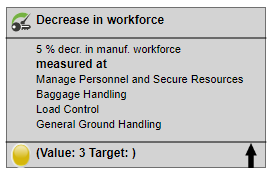In Decision Model and Notation (DMN), the “Knowledge Source” symbol represents a source of knowledge that is used in the decision-making process. A Knowledge Source is an element in the DMN model that provides information, rules, or other types of knowledge to support decision-making.
The Knowledge Source symbol is represented as a rectangle with an angled side. Knowledge Sources are connected to other elements in the DMN model using arrows that indicate the flow of knowledge or information.
There are several types of Knowledge Sources in DMN. For example, a Knowledge Source might represent an expert in a particular domain, a set of business rules, a regulatory guideline, or any other type of knowledge that is relevant to the decision-making process. Knowledge Sources can be used in conjunction with decision tables, decision requirements diagrams, or other elements in the DMN model to provide the information and rules necessary to make informed decisions.
